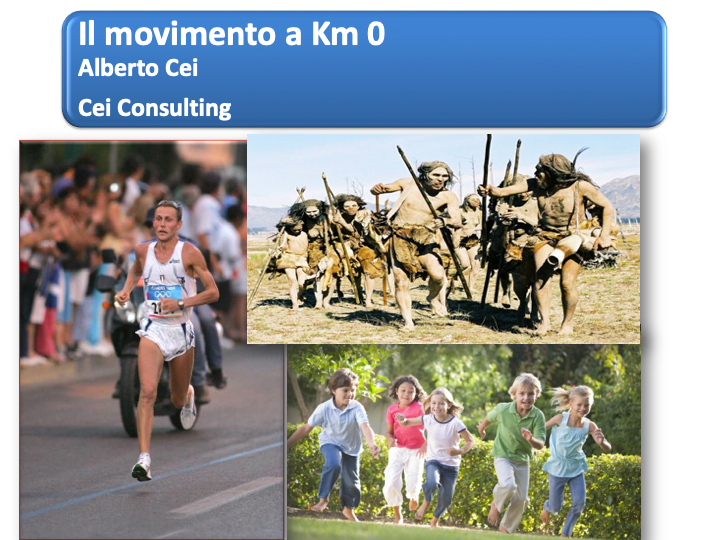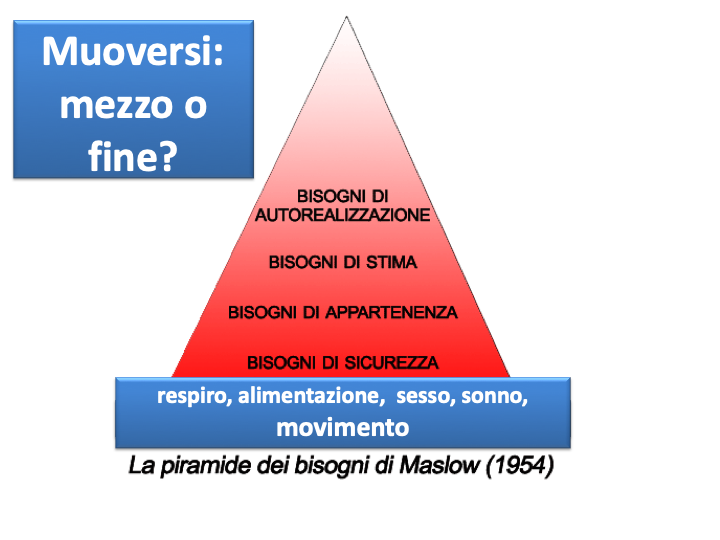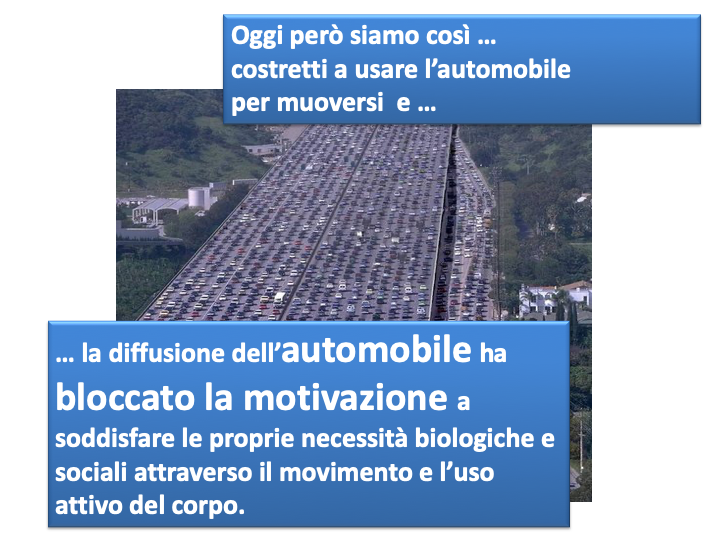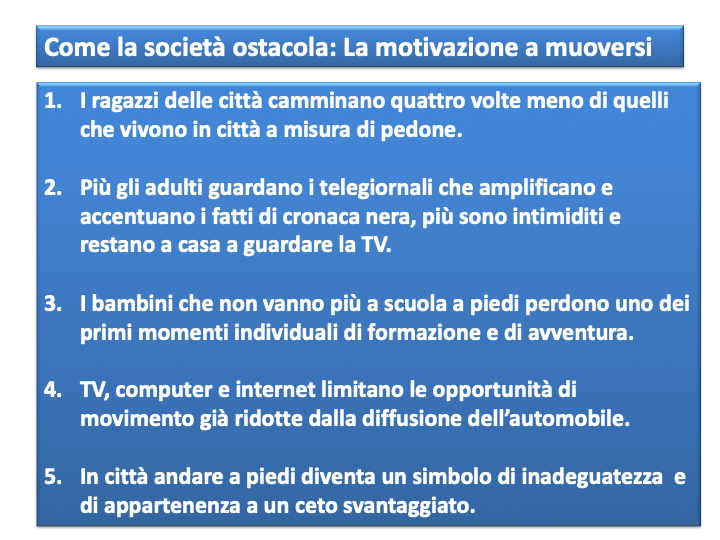We have been told for years that walking 10,000 steps a day reduces the risk of heart disease and premature death, even in those who spend the rest of the day sedentary.
Recent research has highlighted that the minimum number of steps is 2,200 per day and that health risks decrease as we increase our steps throughout the day. The risk is significantly reduced among people who take between 9,000 and 10,500 steps per day, with a 39% reduction in the risk of premature death and over a fifth reduction in the risk of a heart attack or stroke.
Although the results have shown that any number of daily steps above 2,200 was associated with lower rates of death and heart disease, regardless of sedentary time, the benefits increase with more steps taken by individuals.
These new studies indicate that every single step toward reaching 10,000 steps a day counts in reducing the risk of death and heart disease.
So let’s stay active for our health as advised, through 150 minutes of moderate exercise per week. And in any way possible, we should strive to reach 10,000 steps a day.
It’s truly alarming if global health organizations have to remind us to walk, to engage in the simplest and most natural action a human can take.
Nevertheless, we must follow this advice because, as the saying goes, “it’s a matter of health.”
/cdn.vox-cdn.com/uploads/chorus_image/image/66211736/car_congestion_final.0.jpg)










